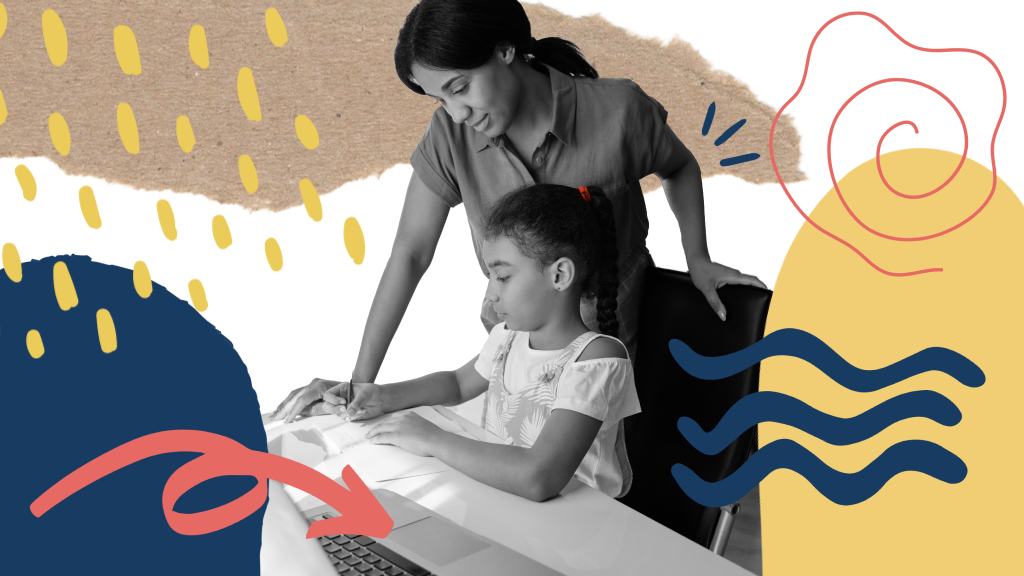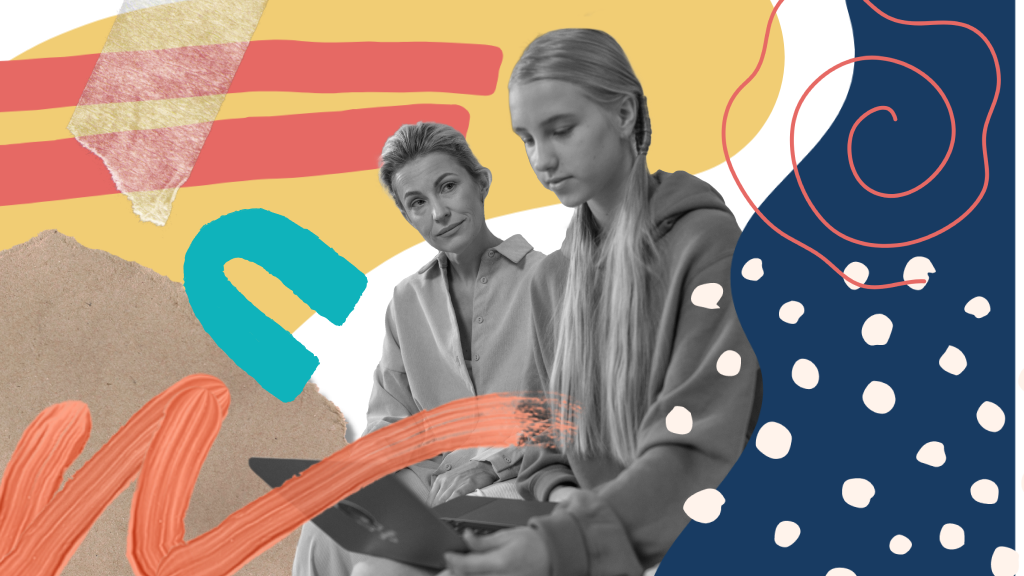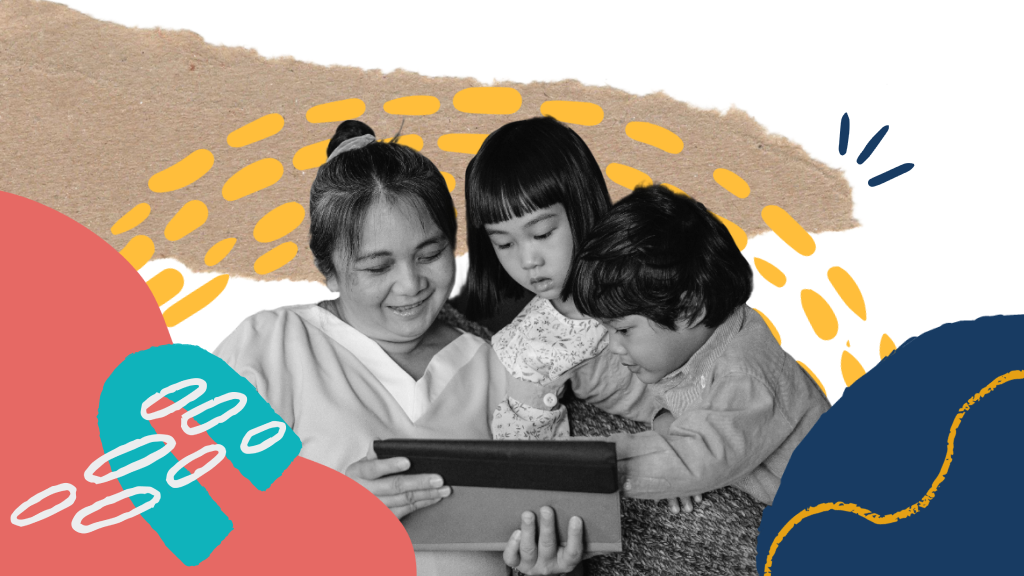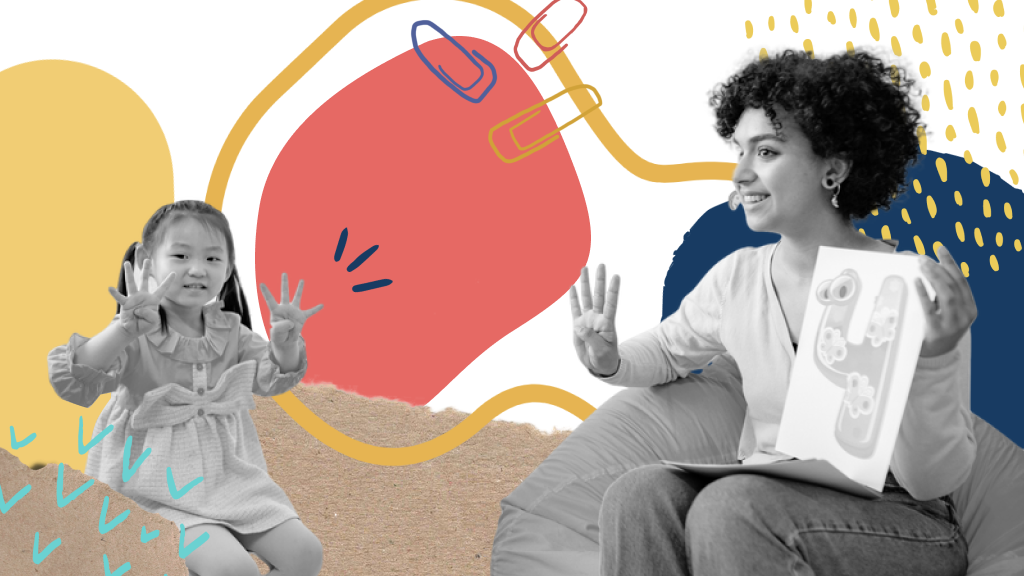How to Develop Social Awareness through Social Emotional Learning
18 Oct 2022

In psychology, social awareness is defined as the ability to understand, empathize with, and respond effectively to other people’s needs.
While self-awareness means being mindful of your own emotions, strengths, weaknesses, and biases, social awareness involves being conscious of other people’s behavior and emotions.
Psychologist Dr. Daniel Goleman establishes social awareness as the third pillar of emotional intelligence, positioning it as a critical skill we must all develop—including students in schools.
Research demonstrates the value of social awareness—and social emotional learning in general—in boosting students’ academic performance by strengthening their mental well-being, emotional competencies, and responsible decision-making.
However, the reality is that overworked educators with limited resources struggle to implement SEL programs correctly, and social awareness fails to make an impact—meaning SEL is falling short of its goals.
This article will cover the role and importance of social awareness in SEL, the core competencies that help students become more socially aware, and three examples of social awareness activities for the classroom.
What Is Social Awareness in SEL?
According to the Collaborative for Academic, Social and Emotional Learning (CASEL), social awareness is “the ability to understand and empathize with others, particularly with people from different backgrounds than one’s own.” The emphasis on diverse backgrounds and cultures is an integral component of SEL, which is why SEL cannot succeed unless it incorporates culturally responsive teaching.
Social awareness helps students understand the perspectives of others and different points of view, as well as social norms and their historical context. It allows students from diverse backgrounds to cultivate positive relationships and acquire skills such as problem-solving and teamwork.
Learning to show empathy for others can help students establish and evolve a growth mindset while improving the quality of their social interactions and fostering a sense of belonging among all students.
When students develop greater social awareness, alongside other SEL skills such as self-management, they strengthen their ability to form a meaningful, empathetic understanding of other people’s experiences, emotions, and backgrounds. This can have a positive impact on learning outcomes.
Social awareness goes hand in hand with one of the other SEL competencies—relationship skills—which focuses on cultivating the ability to form healthy and supportive relationships and navigate situations containing culturally diverse individuals and groups.

Skills that Develop Social Awareness in Students
Promoting social awareness among students involves teaching them a specific set of skills. Educators should support students in cultivating the following five skills to deepen their social awareness.
1. Perspective-Taking
Perspective-taking is the ability to understand a concept or situation from an alternative point of view. This skill requires approaching other people’s experiences with a curious and open mind while acknowledging that all perspectives are valid and valuable.
Perspective-taking also involves active listening and the ability to take in what someone is saying without assumption, interruption, or judgment.
2. Recognizing the Inherent Strengths of Others
Recognizing the strengths of others—especially in culturally diverse environments—teaches students to value and celebrate differences in race, religion, ability, gender, or sexual orientation.
This is a core tenet of compassion and is vital for students to thrive in a culturally diverse environment, where strengths come in many different forms.
3. Displaying Empathy for Diverse Cultures, Backgrounds, and Perspectives
Empathy is the ability to put yourself in someone else’s shoes and share their feelings and emotions. It’s different from sympathy, which is more like pity or feeling sorry for someone without understanding their emotions or perspective.
This requires students to move beyond a ‘color-blind’ approach to social relationships and broaden their knowledge and appreciation of other cultures and backgrounds to better understand their peers. This will help them view the world with an open mind, treat one another with kindness and curiosity, and ask questions instead of judging.

4. Recognizing Biases
We all inherit racial, sexual, gender-based, and cultural biases through social conditioning. The first step to dismantling these biases is for students to learn to recognize them in themselves.
By understanding that we all have inherent biases, students accept that although their social conditioning isn’t their fault, they have a responsibility to unlearn it in order to create a better world for everyone. Awareness of their own conditioning can also help students identify systemic inequalities, prejudice, and unfair treatment directed at people from specific backgrounds and cultures.
5. Identifying Situational Demands and Opportunities
Emotional self-management and self-regulation are only one piece of the social and emotional development puzzle. To acquire a healthy social-emotional skill set, students need to understand how to manage their emotions and responses in a range of different situations.
For instance, imagine a white student listening to a Black student talking about their experience of racism and the problems they face due to systemic inequity. The socially-aware white student knows they should refrain from expressing their own emotions and focus on learning from the other person’s experience.
They see the conversation as an opportunity to uncover their own privileges and practice using empathy. If they wish to explore the topic further, they know they can do so with a white adult or fellow student to avoid placing a burden of emotional labor on their peers.
Classroom Activities to Foster Social Awareness
Ready to start helping your students advance their social awareness skills? Here are three activities to try in the classroom.
Active Listening Circles
Active listening means listening to and understanding someone’s experience without interpreting it through your own lens. Active listening requires assuming an unbiased yet attentive and compassionate demeanor that genuinely aims to understand someone’s story without interruption or judgment. Educators can help students hone their active listening skills by facilitating active listening circles. In this activity, students take turns sharing their responses to open-ended, reflective questions. When a student shares their experience, the other students learn to listen with patience and compassion. The questions will vary depending on whether you teach kindergarten, elementary, middle school, or high school students. Here are some example questions for each level.
Kindergarten
- Tell me about your family.
- Name all of your favorite TV characters and what you like about them.
- What happened when…?
- How many (vegetables, animals, colors, etc.) can you name?
- What do you think will happen next (in a story)?
- What could we do differently next time?
- How will you prepare for starting elementary school?
Elementary School
- What’s the funniest thing that happened in your life?
- What was your favorite part of today and why?
- If you could have any magic power, what would it be and why?
- What do you like best about your friend(s)?
- Who do you admire most in your family? Describe them.
- What can you do better tomorrow than you did today?
- What is the nicest thing someone has ever done for you?
Middle School
- What subject isn’t taught in schools that you think should be? How would you teach it?
- What do you think the qualities of a good teacher are and why?
- What’s something you would change about school? Why don’t you like it, and how would you make it better?
- Do you think social media is good or bad for friendships? Why?
- If you won $100, how would you spend it?
- What is your biggest challenge right now? How can you overcome it?
- If you could switch places with anyone (real or fictional) for a day, who would it be and why?
High School
- What is the most important life lesson you’ve learned? How will it help you in the future?
- Name three small victories from the last week that you feel proud of.
- If your friend was feeling stressed, what stress management techniques would you advise them to use?
- What’s the worst thing that ever happened to you, and what did you learn from it?
- Do you believe money can or can’t buy happiness? Why?
- If you were President for a day, what would you do?
- What’s had the most significant impact on your life (good or bad), and why?
Service Projects
Service projects are a fun, proactive way to encourage students to contribute to their communities while improving crucial skills such as empathy, compassion, and social awareness. Here are a few ideas for service projects:
- Hold a clothing, books, or canned foods drive for a local shelter
- Visit a local nursing home as a class
- Clean up litter around your school or at a nearby park
- Create care packages for families in need around the holidays
- Start a community garden to teach students new skills and provide food for the community
- Collect warm clothes, coats, and blankets for an organization that helps families in need
- Host a fundraising event for a local charity
Diversity Story Reading
This activity is particularly relevant to younger students but can also apply to recommended reading at all grade levels. When reading stories to younger students in class or choosing books for older students to read, pick stories involving diverse characters or that teach a positive and important lesson about diversity and inclusion.
Here is a comprehensive list of diversity-based books for little ones, while this list provides diverse reading recommendations for teens and young adults.

Social Awareness Puts the ‘Social’ in SEL
Social awareness helps students build a more nuanced and accurate understanding of the world around them. This paves the way for healthy relationships both in and out of school that positively impact each individual student and the school community as a whole.
Educators play a vital role in promoting social awareness among students, but they may lack the resources to implement it in classrooms. Lessonbee provides SEL resources for teachers to help them foster social awareness in students and contribute to a safer, healthier, and more equitable world. Lessonbee’s content can be implemented within specific classes or other school-wide structures, such as advisory, where SEL skills are taught and practiced.
Sign up for a free trial today to explore our teacher guides, customizable activities, wellness check-ins, and more.
Read More

Human Trafficking: Understanding the Impact and How to Help

A Guide to Social Emotional Learning for Homeschooling Parents

How to Help Your Child Deal With Online Harassment

Online Safety for Parents: How to Safeguard Your Child in the Digital World


